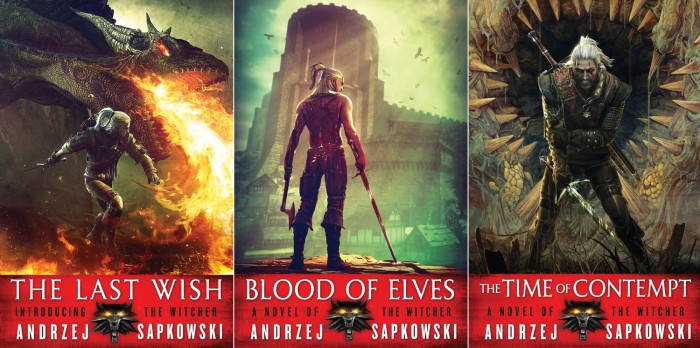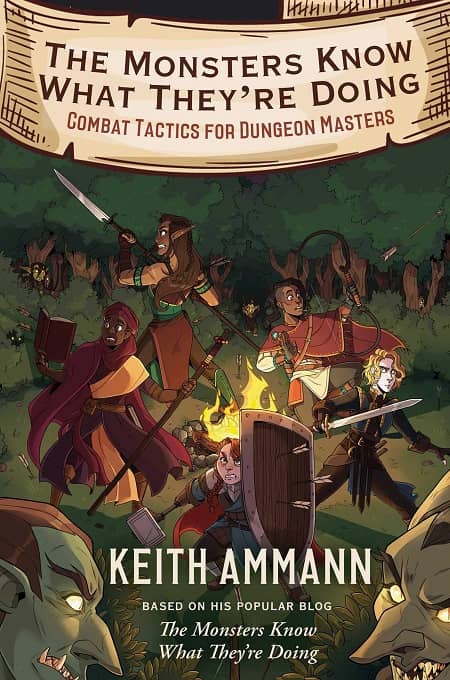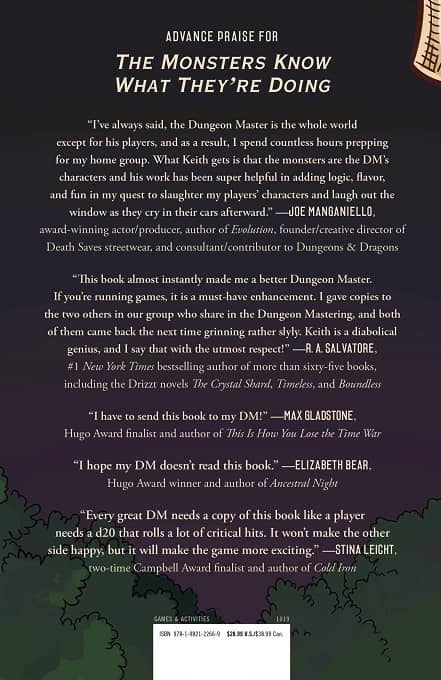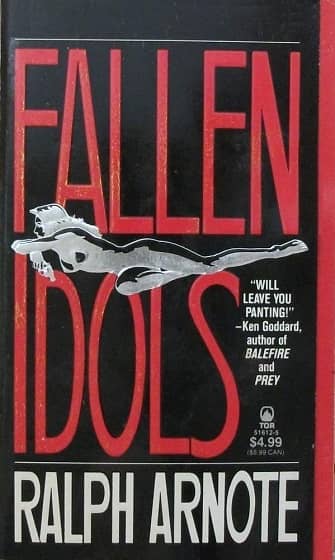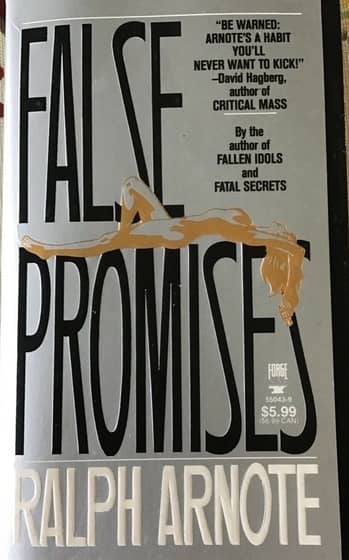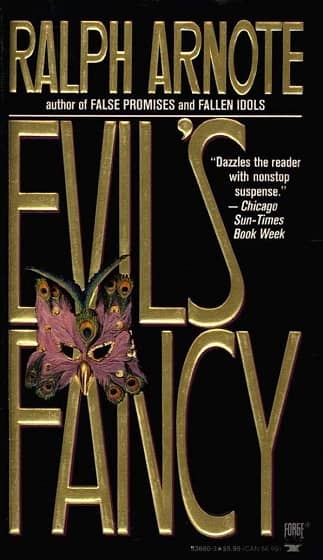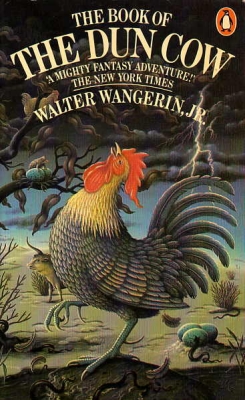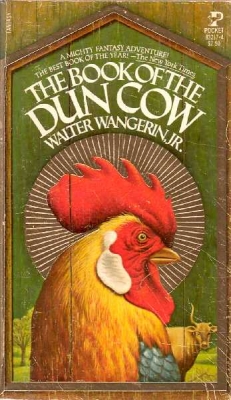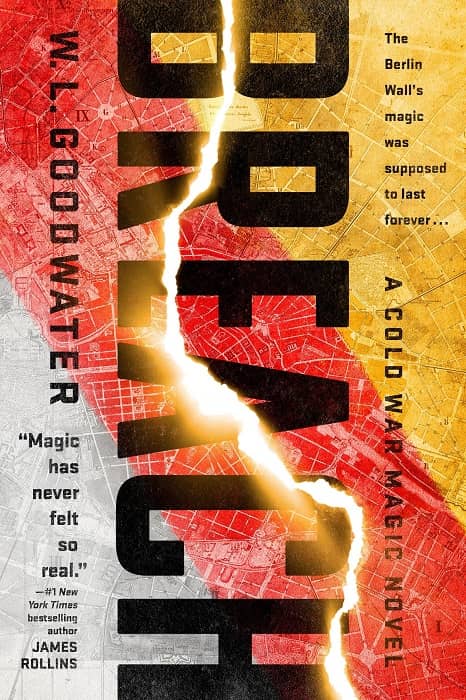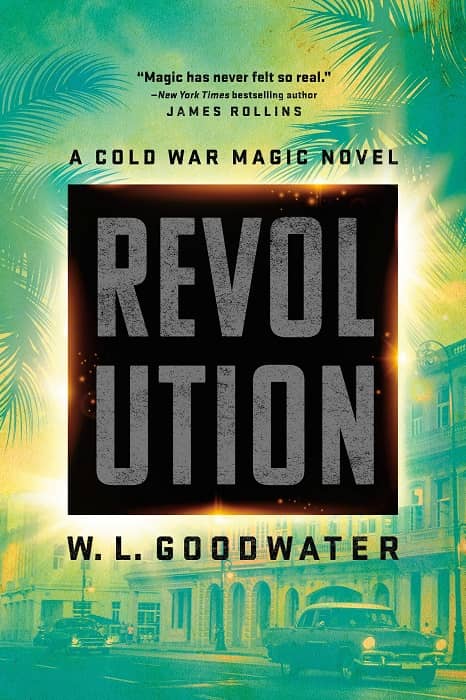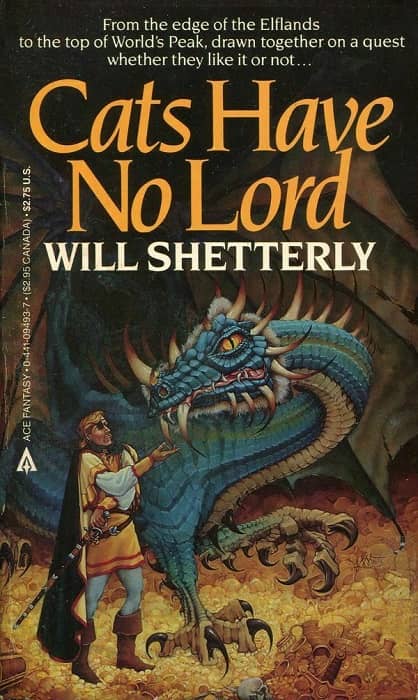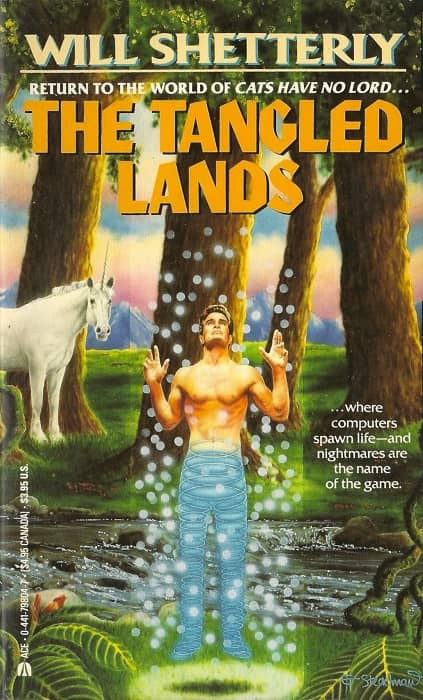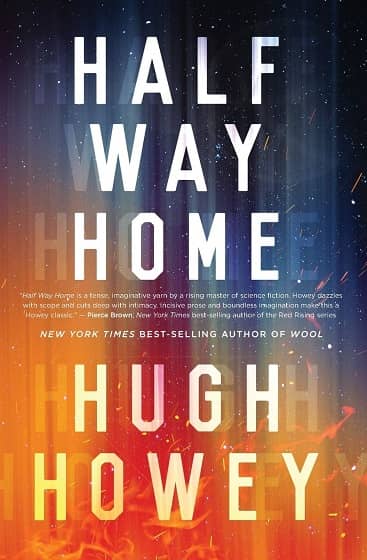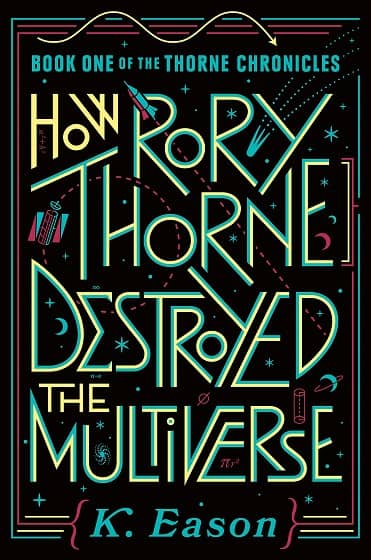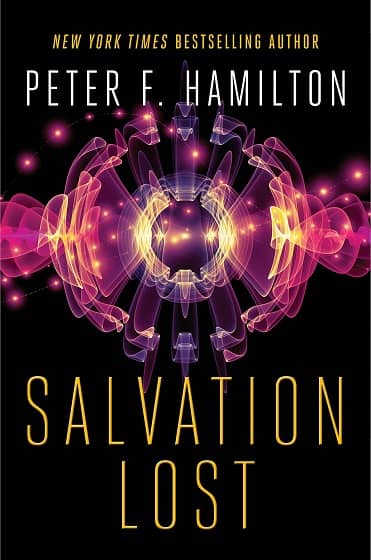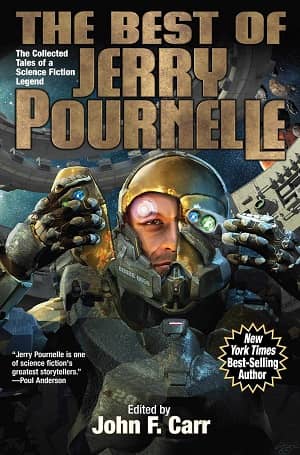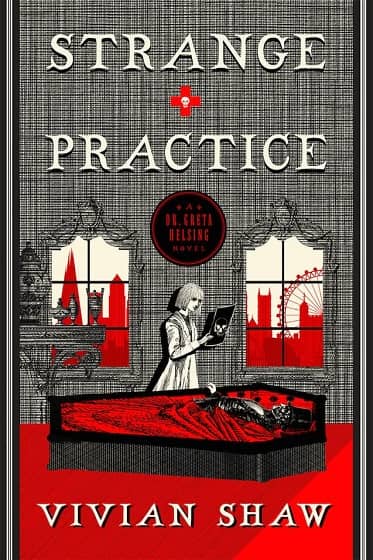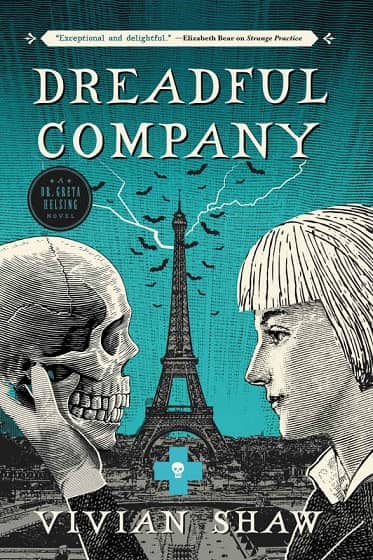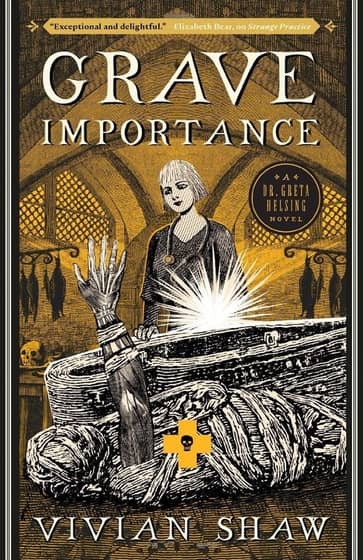Future Treasures: Upon the Flight of the Queen by Howard Andrew Jones
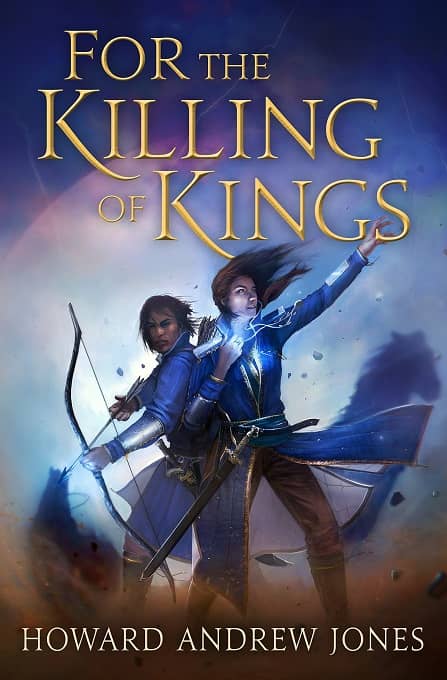 |
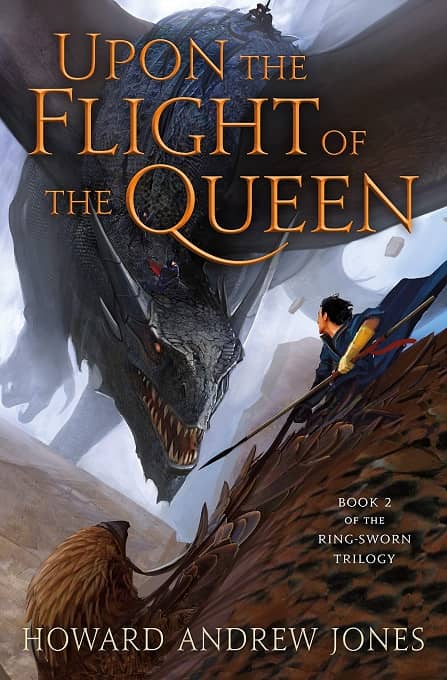 |
In his Black Gate review of For the Killing of Kings, the opening novel in Howard Andrew Jones’ new epic fantasy Ring-Sworn Trilogy, Fletcher Vredenburgh wrote:
For the Killing of Kings is proof that great, modern heroic fantasy is being written. Like Doc Smith’s Lensmen or DC Comics’ Green Lantern Corps, the Altenerai are an elite band of warriors endued with magical talents and dedicated to protecting the land and ensuring justice… Heroes are a too often forgotten commodity in fantasy these days, but not here.
I think Fletcher nailed what I loved so much about this book: it’s packed with heroes you can root for. More than that, it pits those heroes against truly overwhelming odds. The courageous men and women of the Altenerai aren’t just up against a nearly-unbeatable army of their ancient enemy; they also face betrayal from within, mysterious and sinister magic, and a conspiracy whose roots run to the very highest levels of government. To win, they’ll have to emulate the Altenerai legends of old: use bravery, guile, and magic of their own, and — especially — rely on each other. For the Killing of Kings is filled with powerful moments in which untested men and women faced breathtaking odds, and somehow find the strength to become genuine heroes.
But I think the best thing about Howard’s new Ring-Sword Trilogy may be that we don’t have to wait long for the sequel. For the Killing of Kings was released in hardcover by St. Martin’s Press earlier this year; the sequel, Upon the Flight of the Queen, will be in stores in less than two weeks. It’s already getting rave reviews — Publishers Weekly calls it “a heart-racing, action-packed thrill.” Here’s the back covers for both books, and a snippet from the PW review.
